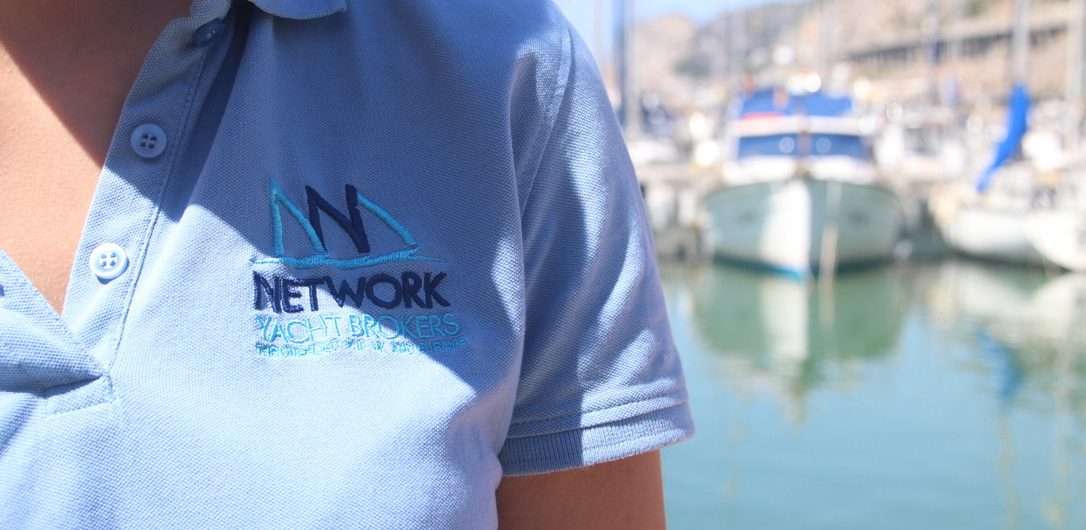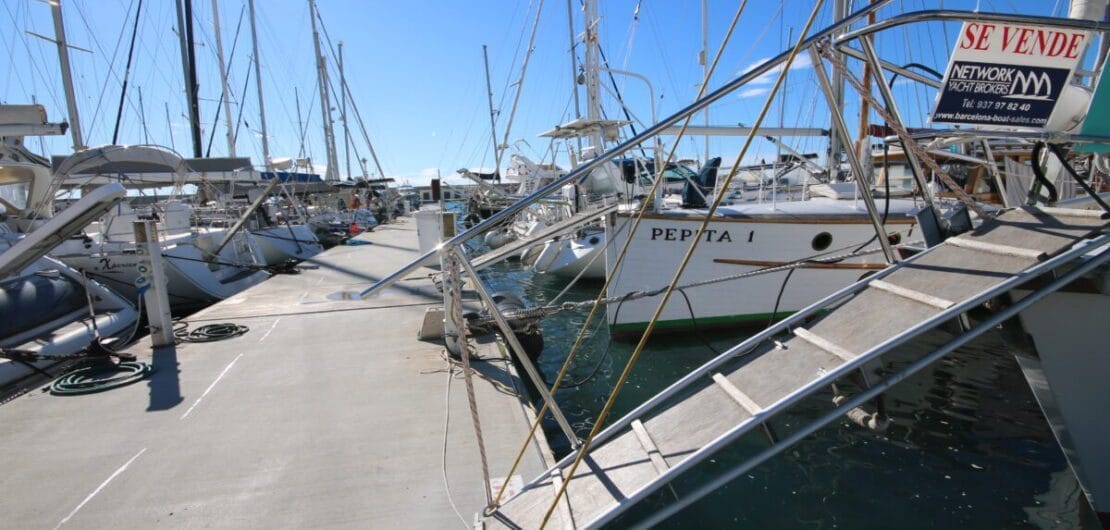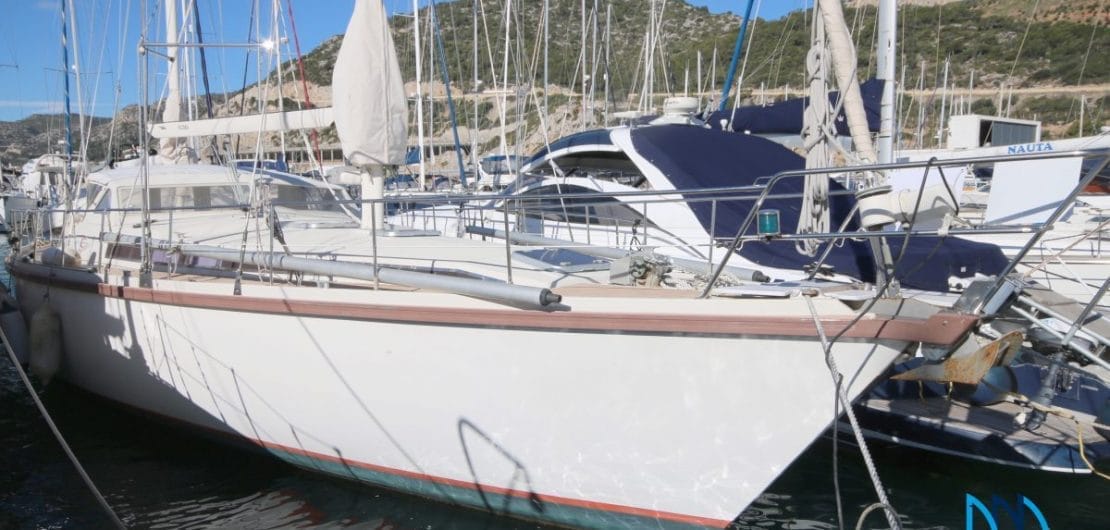 Boats Information
Boats Information
Yachts That Sell Fast
Sell a Yacht Fast
 Clients often ask me about how quickly a yacht might take to sell. This is a very sensible question but rather complex to answer. However, I can first answer by comparing yachts against powerboats.
Clients often ask me about how quickly a yacht might take to sell. This is a very sensible question but rather complex to answer. However, I can first answer by comparing yachts against powerboats.
In Spain, compared to powerboats, all yachts sell very fast!
Then it starts to get complex. A clue to the difficulty in giving a general answer is found in my answer above (in Spain). To be more precise, along the east coast of Spain near Barcelona, the used yacht market is very buoyant.
Being part of Network Yacht Brokers gives me an insight into European and UK sales. Interestingly some locations are dominated by powerboat sales. It all comes down to the sort of cruising waters you have. A local market does not necessarily drive this.
People looking for a boat generally look in places where they discover the right sort of boat.
For example, a sailing boat is no good if you don’t have any wind. Some parts of Spain lack decent wind, so powerboat sales dominate.
Boat buyers might have narrowed their search to discover a place with more of the type of boat they are looking for.
 Let me explain the thinking behind the statement above. For example, let’s take the Hamble in the UK. This is a place where buyers can find every type of boat. However, if I was interested in buying a racing yacht, the Hamble in England might be a good starting point to investigate racing yachts. The Hamble is the centre of the UK Marine industry and where many companies support sailing as a sport. On the other hand, if I was looking to purchase a superyacht, I might contact Yach Brokers along the southern French coast in or around Monaco.
Let me explain the thinking behind the statement above. For example, let’s take the Hamble in the UK. This is a place where buyers can find every type of boat. However, if I was interested in buying a racing yacht, the Hamble in England might be a good starting point to investigate racing yachts. The Hamble is the centre of the UK Marine industry and where many companies support sailing as a sport. On the other hand, if I was looking to purchase a superyacht, I might contact Yach Brokers along the southern French coast in or around Monaco.
International Boat Buyers
Shortly after moving from the UK to Barcelona in Spain, we opened a brokerage office in Port Ginesta, close to Barcelona International Airport. Thirty years in the industry and more than twenty years as a Yacht Broker led me to believe Barcelona was a place that had lots of boats for me to sell.
 We hadn’t been open for business long in Spain when an enquiry came in from North America. I was fascinated by a young Canadian couple’s mindset. They inquired about a 15-metre sailing yacht we had just put for sale on brokerage in Barcelona. They planned to fly to Barcelona (they said it looked like an easy place to get to with lots of boats). They would buy a one-way ticket and sail the yacht back to Canada after first learning to sail in the Mediterranean, where sailing was easy. Wow, the logic was astonishing. Look at the Globe and the Mediterainina was nothing more than a big lake. Plenty of places to visit. Perhaps they would spend a summer in Europe before crossing the ocean. Put that way, It sounds fantastic!
We hadn’t been open for business long in Spain when an enquiry came in from North America. I was fascinated by a young Canadian couple’s mindset. They inquired about a 15-metre sailing yacht we had just put for sale on brokerage in Barcelona. They planned to fly to Barcelona (they said it looked like an easy place to get to with lots of boats). They would buy a one-way ticket and sail the yacht back to Canada after first learning to sail in the Mediterranean, where sailing was easy. Wow, the logic was astonishing. Look at the Globe and the Mediterainina was nothing more than a big lake. Plenty of places to visit. Perhaps they would spend a summer in Europe before crossing the ocean. Put that way, It sounds fantastic!
You might think the above was unusual. We sold two 15-metre yachts of the same brand that year that went to Canada. Several buyers came from America, Mexico, and Venezuela. We get many enquiries from Australia where individuals have similar ideas. If you sell a globetrotting yacht in Northern Europe, Barcelona is the place to take it.
What is the fastest-selling used boat brand? Yachts That Sell Fast

I believe “Amel” is the fastest-selling used boat brand”. Perhaps you thought I would say Bavaria, Jeanneau or Beneteau? Indeed they sell in large numbers, but buyers have thousands of yachts to choose from, so competition for an individual boat sale is intense.
In 2021 we are discovering that some Globetrotting brands, such as Amel, have increased in value. The global pandemic hit factory production in 2020, and sailboats became more difficult to find in the second-hand market. Perhaps more people are looking to escape the humdrum of everyday life and take to the sea. As a yacht broker in Barcelona, Spain, we have yachts that have seen sales increase again this year. Perhaps it’s time for you to think about a sailing adventure.
Visit our post: Before buying a yacht, visit the About Us page.

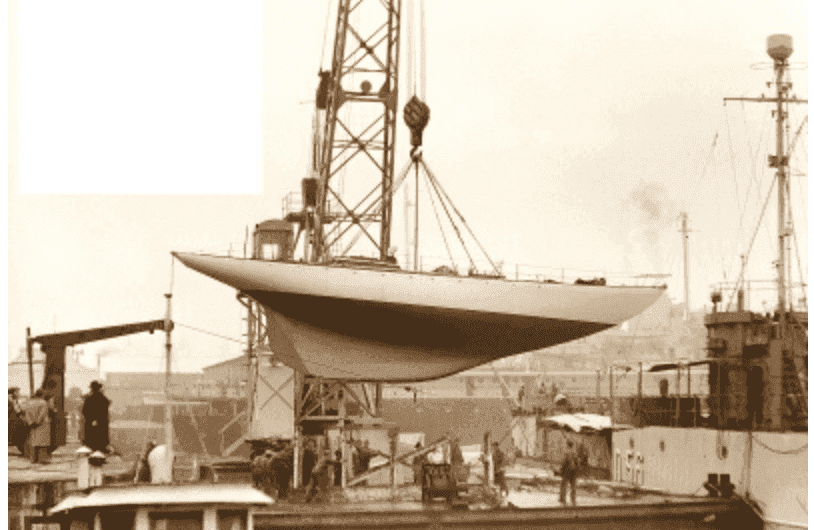
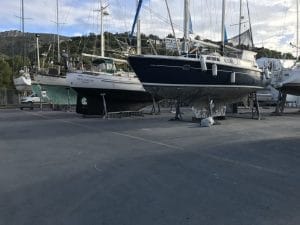
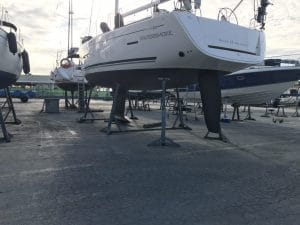
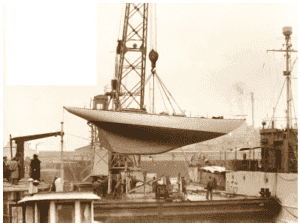
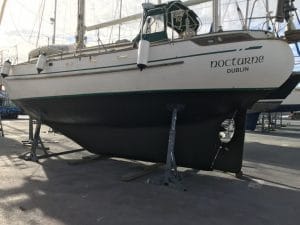
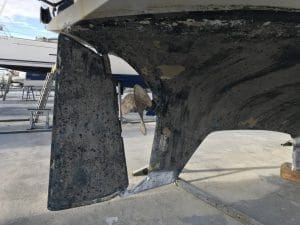
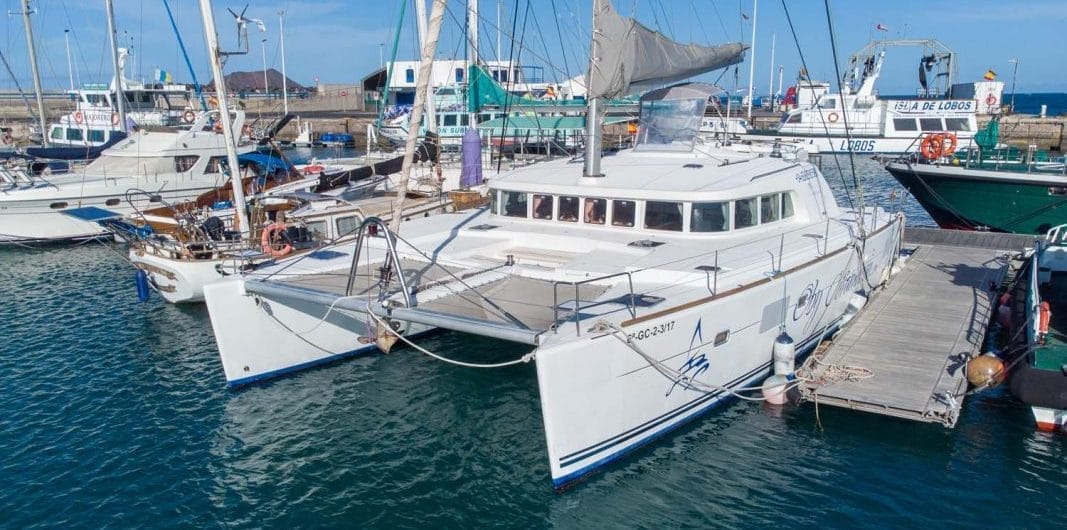
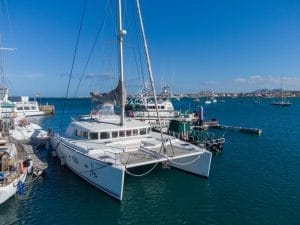 We have a beautiful
We have a beautiful 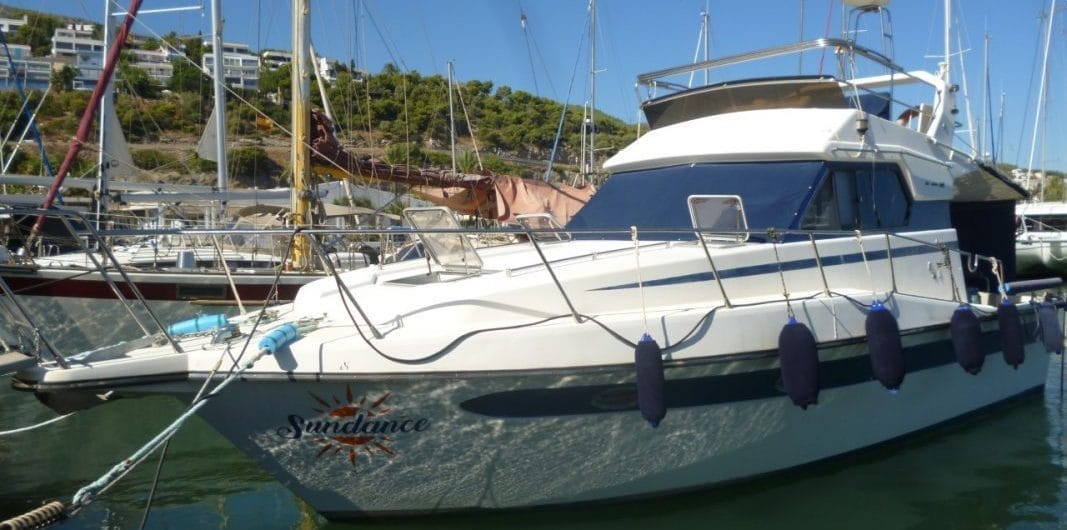
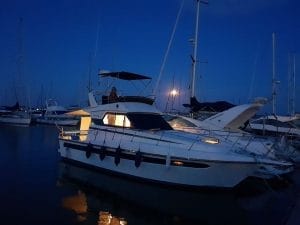 for a place in the sun. Great for weekends out in the bay or exploring the coast. Made by Doqueve, a respected Spanish boat builder, the yacht has been in Spain since purchased new. All the papers are correct, with VAT documents as required. The current owner bought the yacht in December 2019 and has gone out sailing only once since then. She has been used as an apartment in the Mediterainina for the rest of the time. The engine was last serviced in October 2019—antifouling and hull check in May 2021. The owner is selling because he wants to buy a bigger boat. Available for viewings in Port Ginesta.
for a place in the sun. Great for weekends out in the bay or exploring the coast. Made by Doqueve, a respected Spanish boat builder, the yacht has been in Spain since purchased new. All the papers are correct, with VAT documents as required. The current owner bought the yacht in December 2019 and has gone out sailing only once since then. She has been used as an apartment in the Mediterainina for the rest of the time. The engine was last serviced in October 2019—antifouling and hull check in May 2021. The owner is selling because he wants to buy a bigger boat. Available for viewings in Port Ginesta.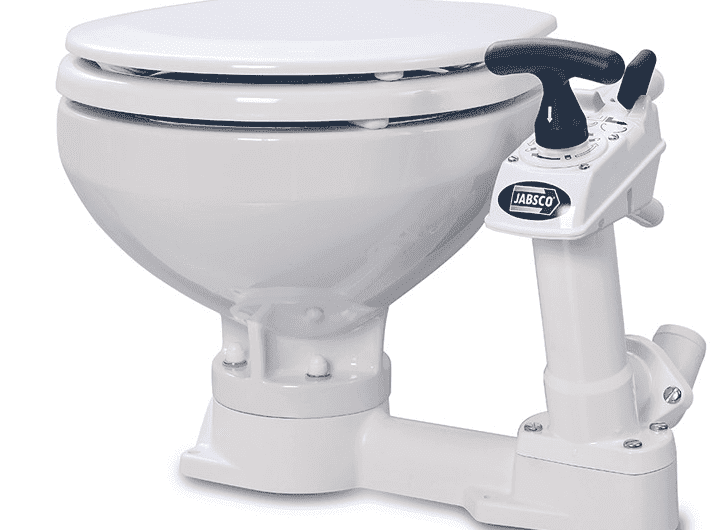
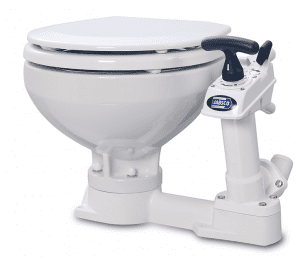
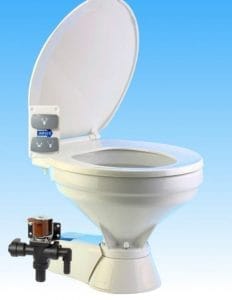

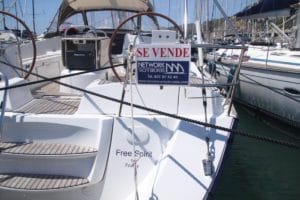
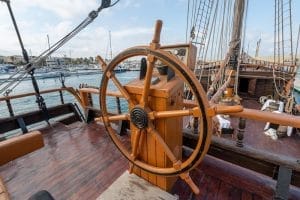 brokerage. Generally, yacht values have increased during the last six months. This is not the case for vessels that have not been maintained. Buyers want to see service history more than anything, so if you’re asking for the top-price boat, please ensure maintenance is up to date, and then you stand a good chance of selling.
brokerage. Generally, yacht values have increased during the last six months. This is not the case for vessels that have not been maintained. Buyers want to see service history more than anything, so if you’re asking for the top-price boat, please ensure maintenance is up to date, and then you stand a good chance of selling.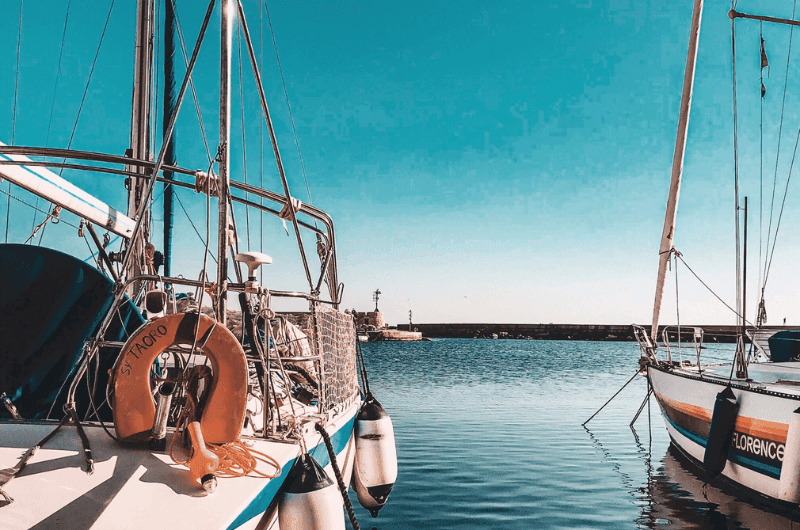
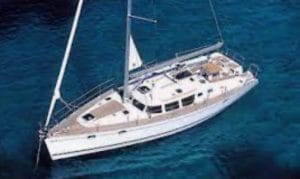 Many years ago, we took a beautiful Jeanneau 43 DS Yacht in exchange for a new Jeanneau 47 Ds. The 43 was in Palma Majorca, Spain. Part of the deal being we collected the PX and shipped it back to the base in North Wales. The deal was done, so we flew to Mallorca to collect the yacht. We sailed her back to Northern Spain, where she was collected by truck and delivered to the UK.
Many years ago, we took a beautiful Jeanneau 43 DS Yacht in exchange for a new Jeanneau 47 Ds. The 43 was in Palma Majorca, Spain. Part of the deal being we collected the PX and shipped it back to the base in North Wales. The deal was done, so we flew to Mallorca to collect the yacht. We sailed her back to Northern Spain, where she was collected by truck and delivered to the UK.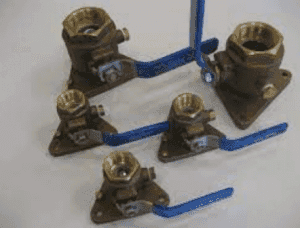 the fault more quickly was leaving the marina. It was impossible not to motor against a strong incoming tide until fifteen minutes after leaving the berth. One might motor for half an hour on a bad day until sufficient water was under the keel, allowing the engine to be extinguished. My point is the engine was always running, so it was difficult to isolate the problem. The strange thing was that when the yacht sat for extended periods, the bilge stayed bone dry.
the fault more quickly was leaving the marina. It was impossible not to motor against a strong incoming tide until fifteen minutes after leaving the berth. One might motor for half an hour on a bad day until sufficient water was under the keel, allowing the engine to be extinguished. My point is the engine was always running, so it was difficult to isolate the problem. The strange thing was that when the yacht sat for extended periods, the bilge stayed bone dry.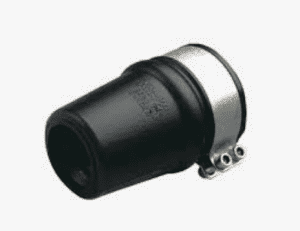 little, but I had to find the cause. Another conversation with the old owner confirmed my suspicions that this problem had been around since the yacht was built. I had paperwork evidence that the flexy exhaust system had been changed under warranty. This had not resolved the issue.
little, but I had to find the cause. Another conversation with the old owner confirmed my suspicions that this problem had been around since the yacht was built. I had paperwork evidence that the flexy exhaust system had been changed under warranty. This had not resolved the issue.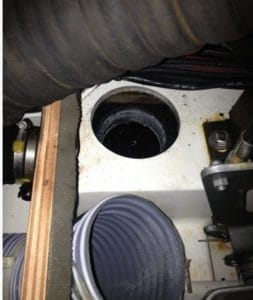 silencer is not visible without removing even more floor sections, and what a job that was! Not convinced it was leaking, eventually, we decided to remove it to examine the underside of the engine. It’s not an easy job to get it out, but finally, out she came. Absolutely nothing to see!
silencer is not visible without removing even more floor sections, and what a job that was! Not convinced it was leaking, eventually, we decided to remove it to examine the underside of the engine. It’s not an easy job to get it out, but finally, out she came. Absolutely nothing to see!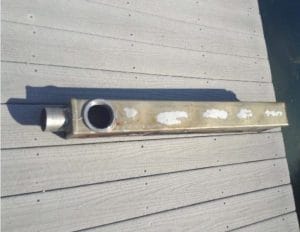 Now we get to the point of telling you this story. As it happens, the mystery was not confined to our yacht. I helped another dealer who was having a nightmare with a client. The same sort of problem, a tiny leak, but not when the yacht sat idle, so it was tough to diagnose the problem.
Now we get to the point of telling you this story. As it happens, the mystery was not confined to our yacht. I helped another dealer who was having a nightmare with a client. The same sort of problem, a tiny leak, but not when the yacht sat idle, so it was tough to diagnose the problem.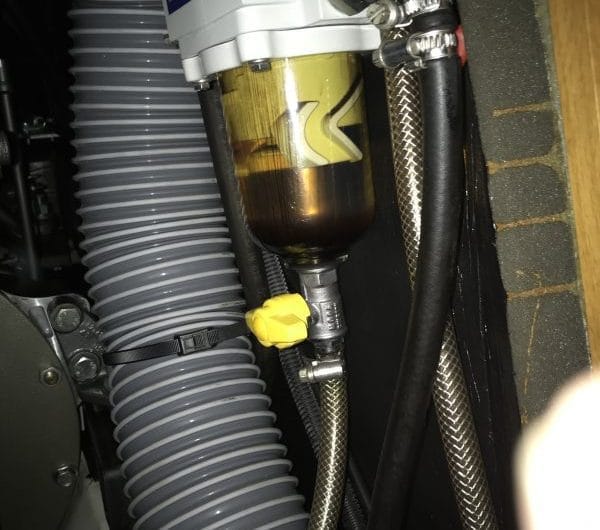
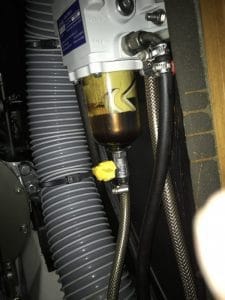 market; it takes little research to find a good one. Diesel bug treatment is not a long-term fix, so you must know if the problem reoccurs. My suggestion will warn you about diesel bug infection and save you the inconvenience of sampling fuel during your daily engine checks for water contamination, the other major cause of boating breakdowns.
market; it takes little research to find a good one. Diesel bug treatment is not a long-term fix, so you must know if the problem reoccurs. My suggestion will warn you about diesel bug infection and save you the inconvenience of sampling fuel during your daily engine checks for water contamination, the other major cause of boating breakdowns.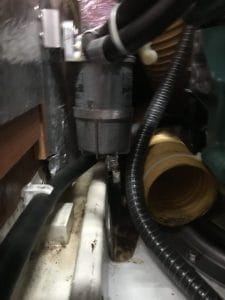 If you are happy to sample a small amount of fuel from a canister-type filter, that’s your choice, but remember, every time you open the fuel system to drain down a sample, you will potentially allow air into the fuel system (and that’s not good). The other big no-no about taking a sample is Diesel stinks; it’s like fixing your bike in your home’s kitchen. To see half a litre of fuel without disturbing it or contaminating the results within a glass bowl is so simple. This is the fastest way to ensure you have no worries about the fuel supply on your boat. A glass bowl water trap can also be the first item to look at if your engine starts to stutter. If you get water in the fuel, it will show up in seconds.
If you are happy to sample a small amount of fuel from a canister-type filter, that’s your choice, but remember, every time you open the fuel system to drain down a sample, you will potentially allow air into the fuel system (and that’s not good). The other big no-no about taking a sample is Diesel stinks; it’s like fixing your bike in your home’s kitchen. To see half a litre of fuel without disturbing it or contaminating the results within a glass bowl is so simple. This is the fastest way to ensure you have no worries about the fuel supply on your boat. A glass bowl water trap can also be the first item to look at if your engine starts to stutter. If you get water in the fuel, it will show up in seconds.